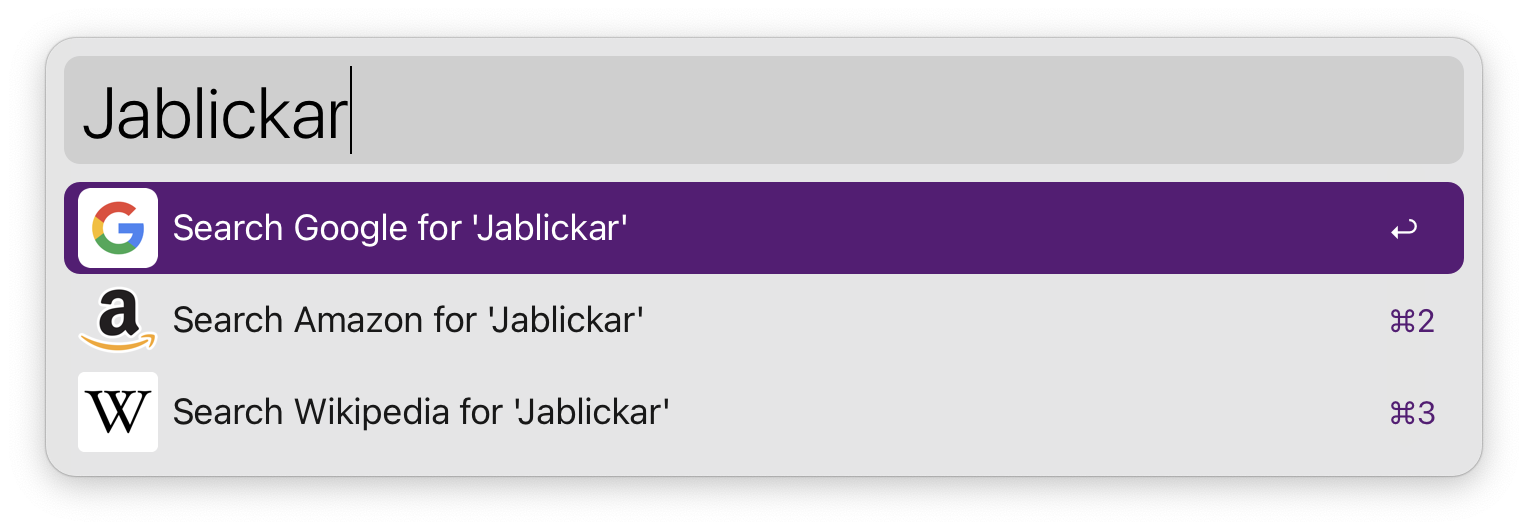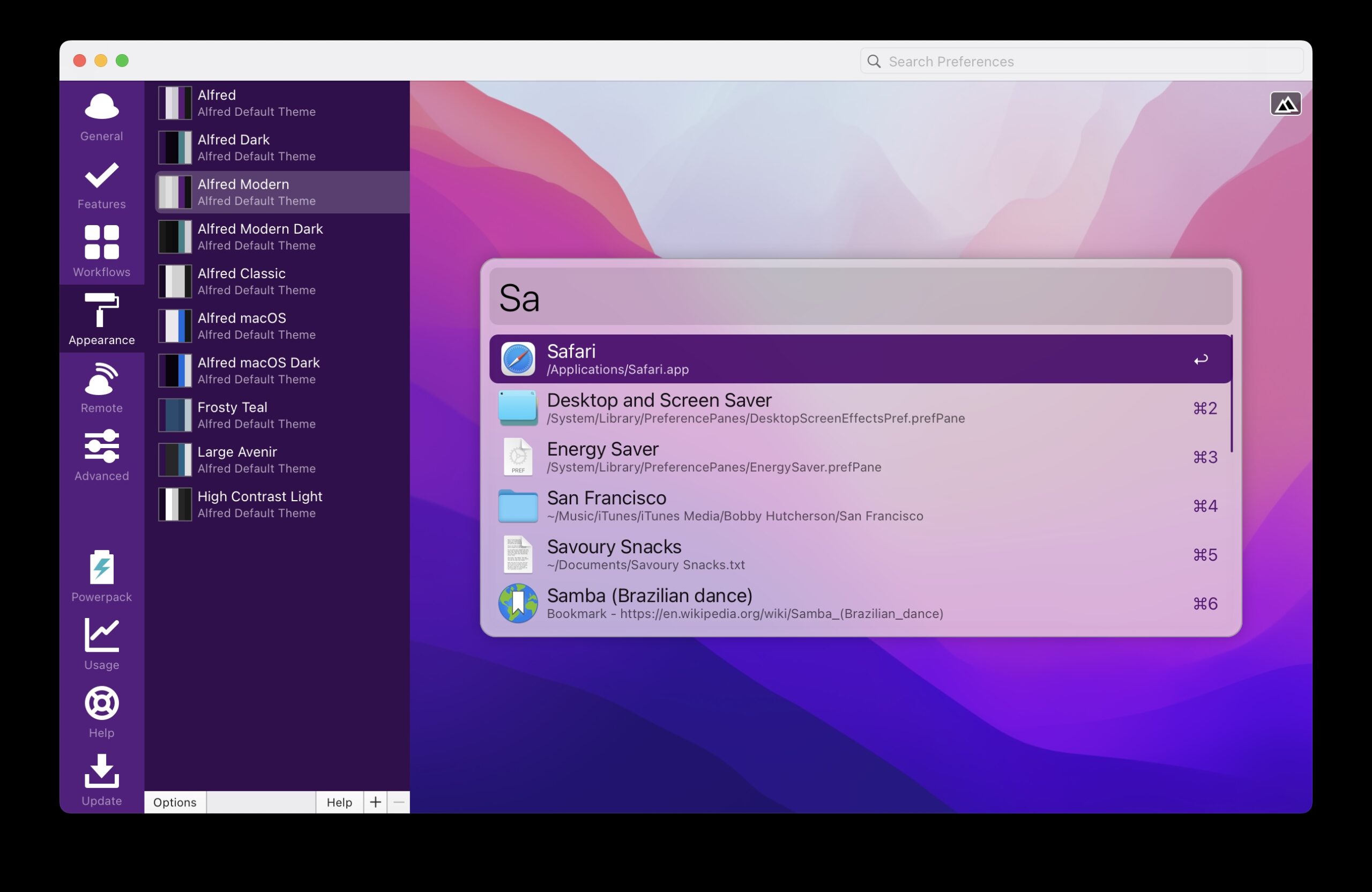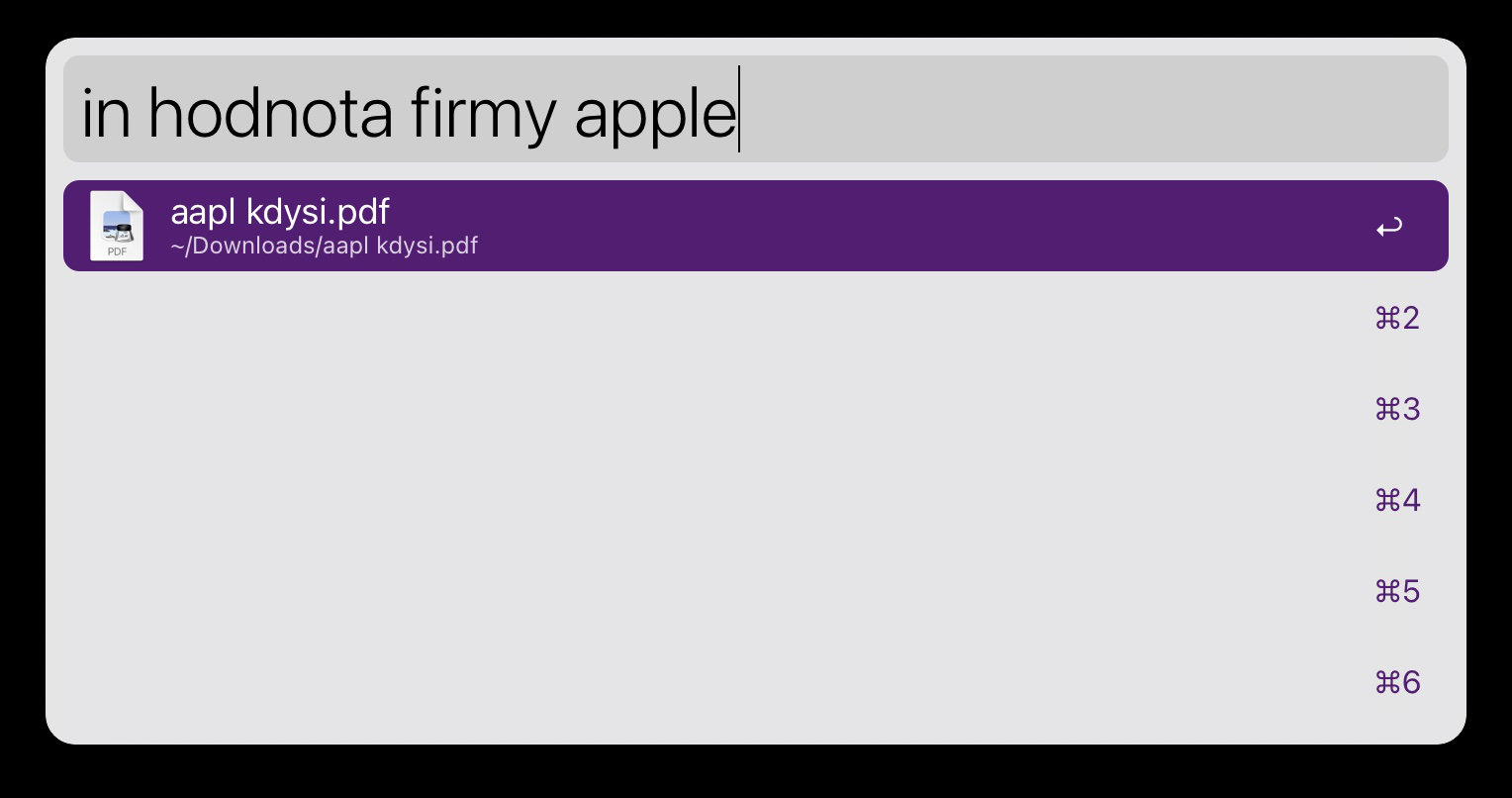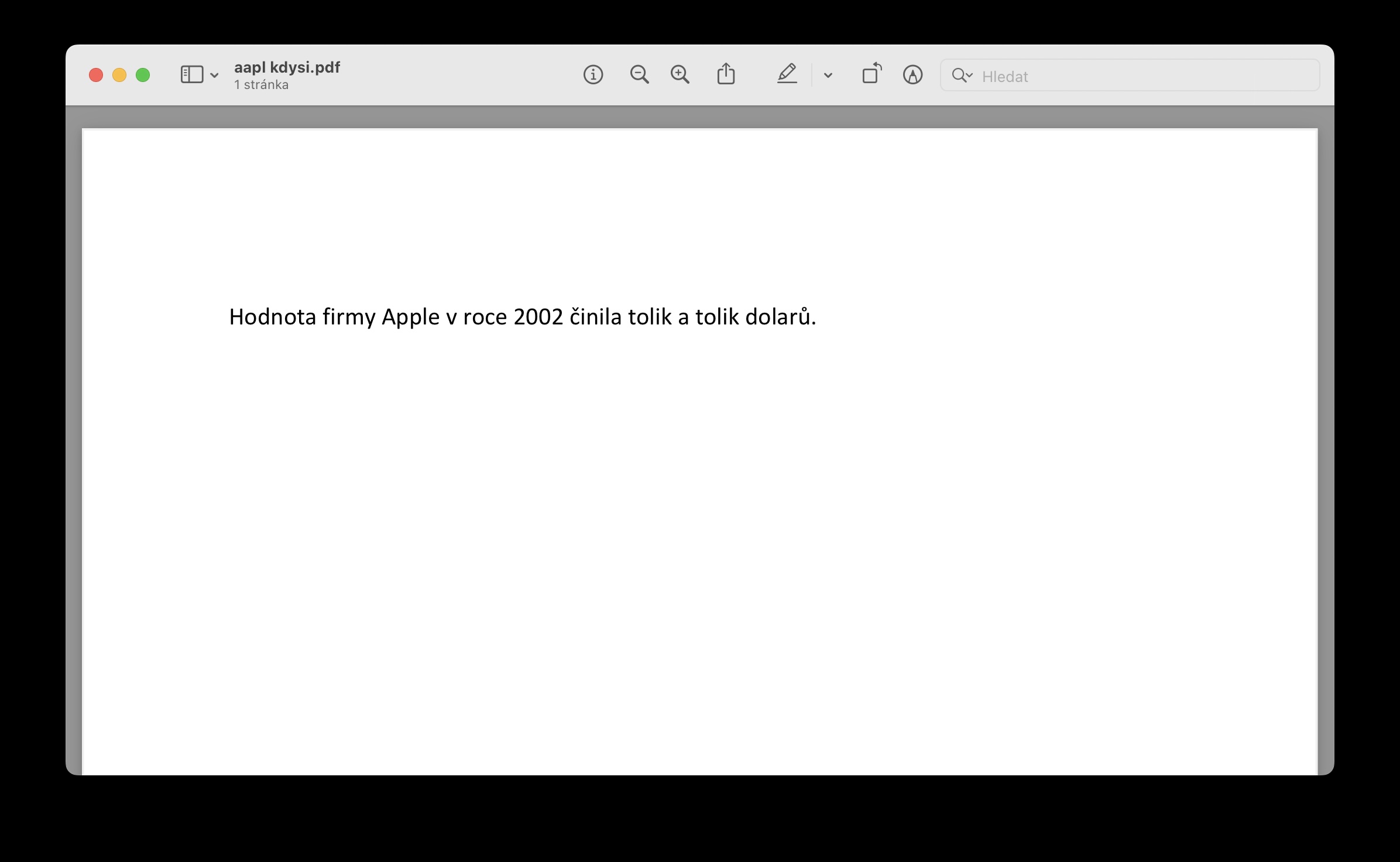The macOS operating system is characterized by its simplicity. It works great directly with gestures, and Apple users are thus offered several ways to, for example, access files. The Spotlight function is also part of the system. With its help, we can instantly search for applications, documents, files, e-mails and many others on the Mac, while it will also show us Siri suggestions, provide calculations, unit conversions and the like. To be honest, I used to use Spotlight for practically everything - simply call it up with the F4 key or the ⌘+Spacebar shortcut and then just use it from searching to launching applications.
It could be interest you

However, once I replaced this native solution with another application called alfred 4, which is available in its basic version completely free of charge. At first glance, it looks practically the same as Spotlight, but with the fact that you can notice at first glance a much higher search speed. While with the native function we have to wait a moment after writing our query, with Alfred everything happens instantly. This benefit convinced me at first. But there are several such advantages and they are definitely worth it.
Alfred or Spotlight on steroids
As we mentioned above, Alfred works as an alternative to the native Spotlight, and its mainstay is therefore a small search window that can be invoked in two ways. Either we move the cursor to the top menu bar each time, click on the application and confirm the option Toggle Alfred, or we rely on a keyboard shortcut. Since I was taught to open Spotlight with the aforementioned shortcut ⌘+Spacebar, I set it here as well and, on the contrary, canceled it for the native function so that my search engines would not fight with each other. To deactivate Spotlight, just open System Preferences > Spotlight > (bottom left) Shortcuts... > and just uncheck the option here Show Search in Spotlight.
Let's now take a look at what Alfred can specifically do and what he clearly excels at. Its primary strength is its unquestionable search speed, which is far from over. But we have to add one rule to the search. In order for Alfred to work as quickly as possible, it relies on keywords. If we would like to search for certain documents or files, it is necessary to write before their name open or find. Possibility open can anyway be replaced by simply pressing the space bar. What does he do then? find is probably clear to everyone - it opens the given file in the Finder, thanks to which we get exactly to the given subfolder. The keyword is also offered in the same way in, searching for our query right inside the files. So if we needed to find a PDF/DOCX document in which we write, for example, about the value of Apple in 2002, Alfred will find it for us immediately. The keyword is offered as the last one Tags. As the name suggests, in this case Alfred searches according to the tags used.

In the same way, Alfredo and I can also search within the Internet. In such a case, it is sufficient to directly write any question, after which three options will appear - search on Google, Amazon, or Wikipedia. Although it is a small thing, I have to honestly admit that it is a beautiful improvement of the daily search on the Internet. In any case, the program also relies on a number of keywords to refine our search. Although it can easily cope with immediately opening Google Maps at a given position, searching social networks (Twitter, Facebook), searching Gmail, YouTube, IMDB, Wolfram and the like.
Additional features and design settings
Of course, in order to be able to stand up to Spotlight, Alfred also offers a built-in calculator. She easily copes with ordinary numbers. However, if we would like to expand its options with, for example, trigonometric functions, rounding and others, we must go to the application settings and enable this option. Alfred continues to work with the native Dictionary through keywords sets, when he finds the definition, a spell, which displays the notation in the International Phonetic Alphabet (IPA).

Personally, the appearance of the app itself, or the search window, is also important to me, which seems relatively outdated by default. Fortunately, 10 templates are offered in the settings, so you just have to choose.
Power Pack
Above we talked about the free version of Alfred 4. But as we mentioned, there is also a significantly more advanced version available, which will set you back at least £34 when you buy the so-called Powerpack. Although at first glance it may seem that this is a disproportionately high amount, it is necessary to realize what it all hides in itself. It unlocks a number of other options for the user and significantly expands the capabilities of the entire application. The aforementioned Powerpack has yet to improve search, make so-called Workflows available for simple query automation, clipboard history (everything you save via ⌘+C), integration with 1Password and Contacts, adds the ability to run terminal commands directly from Alfred, and the like.
Honestly program alfred 4 I have been using it for over 2 years and I am extremely satisfied with it. All this time I have relied only on the free version, which is more than sufficient for my needs and I have not encountered a single flaw in all this time. If someone asked me what the first applications I install on a new Mac, I would immediately put Alfredo in the front row.
It could be interest you

 Adam Kos
Adam Kos 



I also use Spotlight to search for appointments in the calendar in Microsoft outlook. Can Alfred do the same?
I've tried it a few times and it's far from perfect. On an Intel Mac, they are comparable in speed, on the M1 Spotlight is significantly faster and finds everything I need even without keywords. In Alfred, I used to have problems with calculations and searching for currency conversion and generally with searching on the Internet, it didn't find documents or photos, or it took a really long time. But if someone is happy with the alternative and is also willing to pay, why not. I prefer the reliable and fast original.